Results 1 to 10 of 23
Thread: Hindostan Hone?
-
12-01-2011, 07:13 PM #1Senior Member


- Join Date
- Apr 2008
- Location
- Saint Paul, Minnesota, United States
- Posts
- 2,944
Thanked: 433 Hindostan Hone?
Hindostan Hone?
I picked this up a few years ago a still don't have positive ID
Due to the banding on the side, maybe Hindostan?
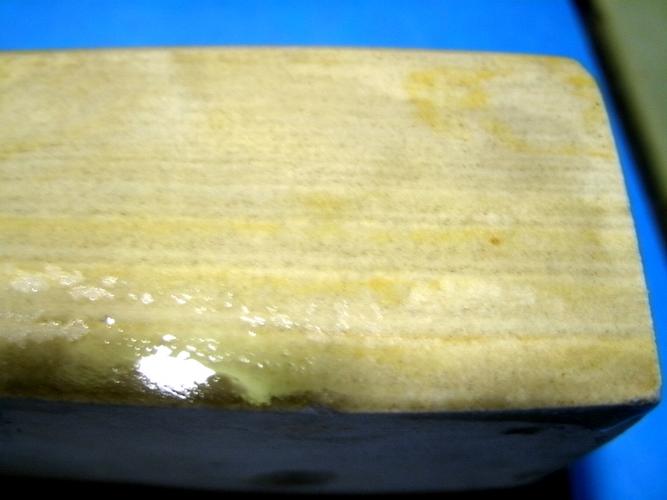
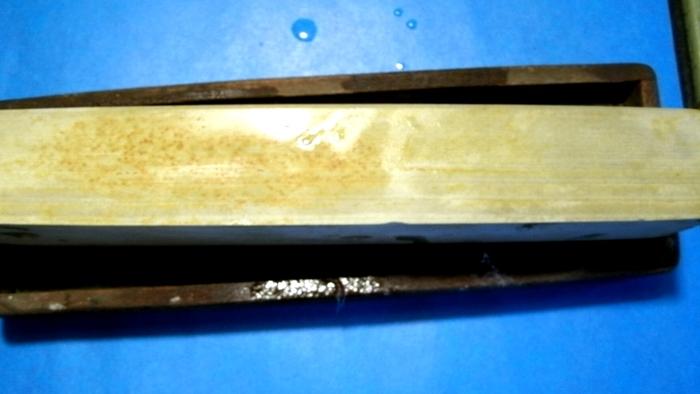
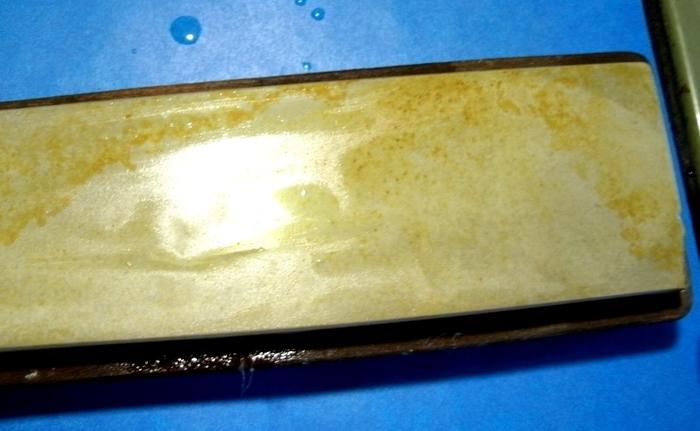
-
12-01-2011, 11:23 PM #2Senior Member

- Join Date
- Aug 2011
- Location
- Alabama
- Posts
- 107
Thanked: 11
It looks similar to me but I'm no expert either
-
12-02-2011, 12:01 AM #3Just a guy with free time.

- Join Date
- Oct 2011
- Location
- Mid state Illinois
- Posts
- 1,448
Thanked: 247
Who's to say otherwise? After a lot of searching and comparison to several different stone pics, I "titled" my rock a hindostan, and moved on. Of course, that was before I learned of the acronym PHIG. I decided it wouldn't matter so long as I don't have to sell it. Maybe Neil Miller could tell you what he thinks. He had one for sale at one point.
-
12-02-2011, 12:28 AM #4

The layering is characteristic for Hindostans, they seem to be orange / brown mostly with a surface that looks stained. This one looks lighter than usual but I haven't seen that many Hindostans and it does look stained.
PHIG is a name some use for the Chinese stones from Guangxi.Last edited by Piet; 12-02-2011 at 12:30 AM.
-
12-02-2011, 12:59 AM #5Just a guy with free time.

- Join Date
- Oct 2011
- Location
- Mid state Illinois
- Posts
- 1,448
Thanked: 247
Hmm, I guess I didn't learn what the acronym meant...until just now. Thanks Piet!
-
12-02-2011, 02:29 AM #6

i have been meaning to post a pic of the hindostan and some info on the stone . i will do so in the morning
-
12-02-2011, 02:33 AM #7

like piet said i never saw a hindostan in a yellowish color before how does the stone feel when you run your finger nail down the stone ? most hindostans i have saw were coffee stained lite to dark brown some where orange
-
12-02-2011, 05:23 AM #8
-
12-02-2011, 12:01 PM #9Senior Member



- Join Date
- Apr 2008
- Location
- Essex, UK
- Posts
- 3,816
Thanked: 3164
It certainly has the thick and thin layered banding that you associate with these stones, and the colour is about right. They seem to be greyish/yellow/tan most often with orange/brown splotches and stains, but how much of the staining is due to them having been used with oil and having metal scrapings oxidising on them is debatable. They are sometimes called orange stone, not because of the colour (a forgivable mistake to make) but because of where the vast majority of them came from Orange County.
I suspect the colour of the surface could depend on the colour of the banding - if the surface was smoothed off along a darker banding then obviously the stone would be darker than one smoothed off along a lighter banding. The banding arose due to the stones components being laid down in silty water, the degree of particle deposition being influenced by the tides. It is not unusual to see a thick and thin band side by side, echoing the rise and fall of the tide. During mining operations it was said that the rock could be split very exactly along these lines, so there was a minimum of waste.
Here are some pics of a few of the stones in question:
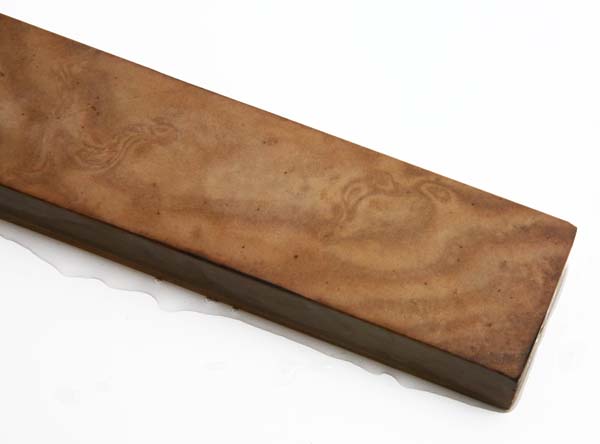
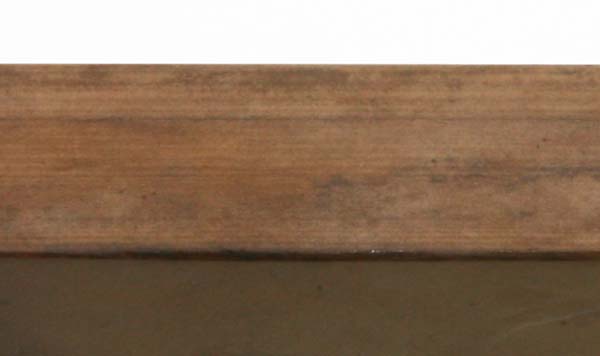
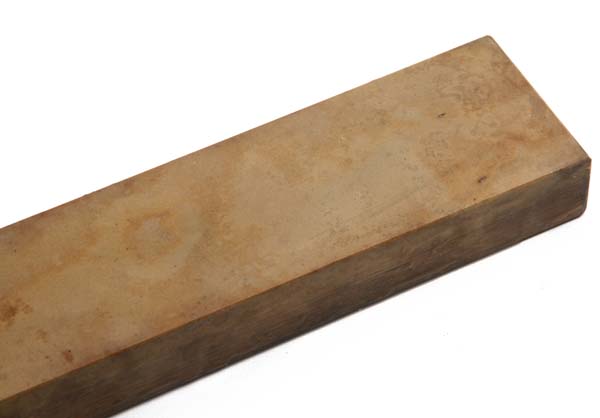
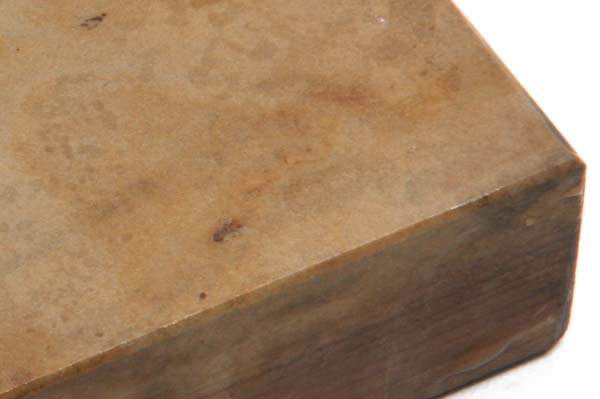
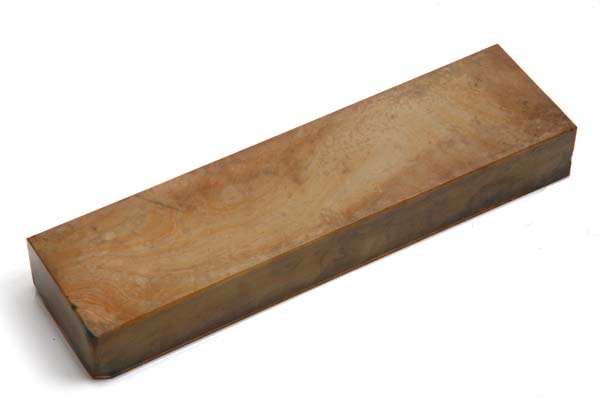
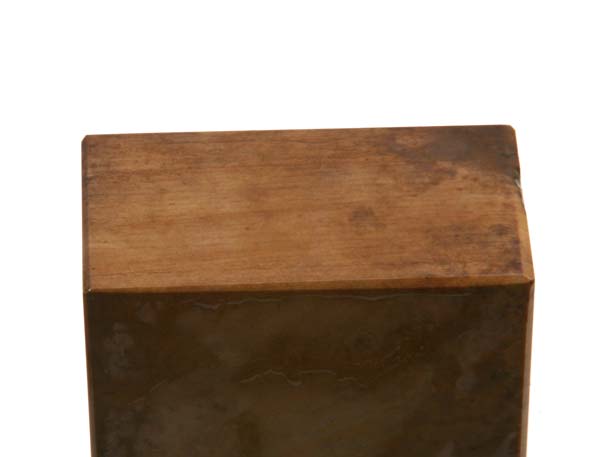
It appears that another outcrop was found on an island in a lake between Vermont, USA and Quebec, Canada. A lot of that discolouration is obviously due to staining. Although a large proportion of the stone went into making oilstones, a larger percentage was used to make tombstones. These have weathered and discoloured too, but still show quite a range of colours from orange/brown through yellow, grey, cream tan and off-white. The darker brownish/orange discolouration appears to be some sort of rust stain, so some traces of iron oxide must be present in the rock.
Regards,
Neil
-
The Following 3 Users Say Thank You to Neil Miller For This Useful Post:
adrspach (12-03-2011), eleblu05 (12-02-2011), regularjoe (12-02-2011)
-
12-02-2011, 05:39 PM #10

Thanks Mr. Neil the info you provided was great


 4Likes
4Likes LinkBack URL
LinkBack URL About LinkBacks
About LinkBacks






 Reply With Quote
Reply With Quote
